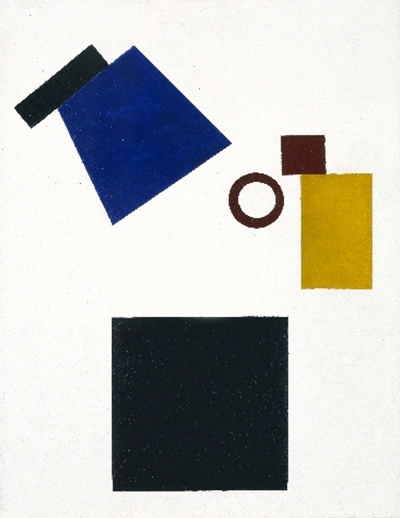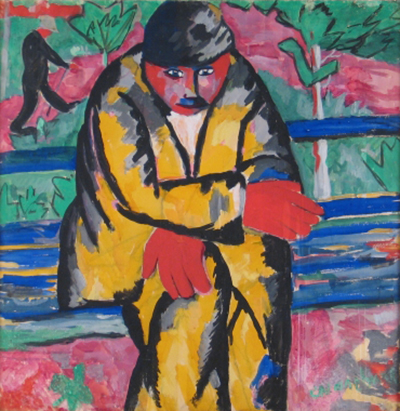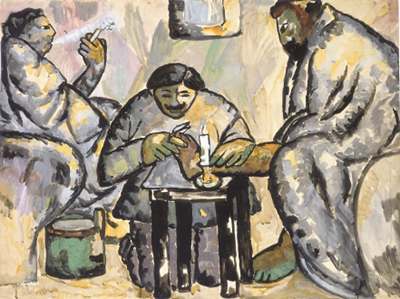Kazimir Malevich paintings tend to have the liberation of art as their main objective. From Black Square to Suprematist Composition, Malevich takes traditional expectations of art and turns them around.
Patrons like his reliance on geometric forms and most of his paintings command high prices, with Suprematist Composition being sold at auction for $60 million. As a craftsman, Kazimir Malevich was possibly influenced by everything he saw as a child in Kiev. He positively thought about how art could be made different and aimed to paint for the beauty of creating something new, something that established its worth in the creation, not in how well the painting reflected what already existed.
To this artist, painting was the tasteful side of a thing, however never was unique or an end in itself. He wanted to make his aim clear in each work and this directness perhaps guided his choice of geometric shapes as a medium of expression. He needed to totally desert portraying reality and rather design another universe of shapes and structures that had a place only in the domain of workmanship for craftsmanship's purpose. He wrote a book called The Non-Objective World in which he revealed that in the year 1913, attempting frantically to free craftsmanship from the dead weight of this present reality, he took asylum in the square.
Suprematism is regarded as the creation of Kazimir Malevich. It was one of the most radical improvements in dynamic workmanship. Its name originated from Malevich's conviction that Suprematist workmanship would be better than all the specialties of the past. He thought it would prompt the matchless quality of unadulterated feeling or observation in the form of pictorial expressions. Malevich was heavily affected by cutting edge writers of his time. He was a writer and artist so this combination of ideas was to be expected in both types of creative work.
A rising development in abstract feedback had an impact on his compositions, which inferred his enthusiasm for ridiculing the tenets of dialect in opposing reason. He trusted that there were sensitive connections between words or signs and the articles they signify. In fact, from this he saw the conceivable outcomes for an absolutely dynamic type of workmanship in visual art. What's more, as the writers and abstract pundits were occupied with what constituted writing, Malevich came to be interested by the quest for workmanship's barest basics. It was a radical trial that now and again seemed to be a peculiar mystery. In spite of the fact that the Communist specialists later assaulted the development of this search for pure abstract expression, its impact was unavoidable in Russia in the mid 1920s. Abstraction was vital in molding Constructivism and it has been important in art right up to modern times.
Woman with Pails: Dynamic Arrangement
Very similar in synthesis and scope to The Knife Grinder (Principle Glittering) and painted during the same time, Malevich's Woman with Pails: Dynamic Arrangement is an example of work done during the craftsman's Cubo-Futurist period. The work features interconnected unique, geometric shapes and cool, metallic tones. In some ways, it may remind onlookers of Umberto Boccioni's futuristic style. It uncovers the strength of a laborer lady as she ceaselessly goes about her work. This piece was exhibited in the Museum of Modern Art in 1935 and was acquired by the New York City foundation in the mid 1960s.
The Knife Grinder (Principle of Glittering)
A kindred Cubo-Futurist Malevich work, The Knife Grinder (Principle of Glittering) is situated at the Yale University Art Gallery in New Haven, Connecticut. It blends the Cubist components of geometry and fracture with the innovative vitality of Futurism. Painted in the vicinity of 1912 and 1913, The Knife Grinder (Principle of Glittering) portrays a man working diligently against a modern setting. It is a striking composition with multi-shaded metallic tints and several shapes which speak to both vitality and development.
Red Square
Part of the paintings on display at the State Russian Museum in Saint Petersburg, Malevich's 1915 work Red Square (Painterly Realism of a Peasant Woman in Two Dimensions)is one of his more famous pieces featuring geometric shapes. It is a red parallelogram set somewhat cockeyed against a stark white foundation. It may be one of the paintings that really achieves the artist's goal of focusing on the simplicity and beauty of lines.
Suprematist Manifesto
Malevich composed his Suprematist Manifesto and painted Suprematist Composition in the same year. It made history when it sold for an incredible $60 million in 2008 at Sotheby's in New York. That makes it the most costly Russian painting ever sold. In 1927, Malevich flew out with Suprematist Composition to show it at displays in Warsaw and Berlin and it, along with a few different works, was to be put away in Germany. German draftsman and author Hugo Häring supposedly sold the work of art to Amsterdam's Stedelijk Museum while it was in his care. Suprematist Composition stayed in Holland for the following 50 years until it was given back to Malevich's beneficiaries.
Portrait of the Artist M. V. Matiushin
In Portrait of the Artist M. V. Matiushin, Malevich pays tribute to his companion and professional associate, author and painter Mikhail Matiushin. This portrait was completed using geometric lines as well. Matiushin was a well known figure in the Russian vanguard and Malevich had worked with him on the 1913 Cubo-Futurist musical show, Victory Over the Sun. They both worked with scholars Aleksei Kruchenykh and Velimir Khlebnikov. Like the musical show, the composition is completed using a Cubo-Futurist style, which Malevich would later surrender for Suprematism. Despite the fact that it is divided and geometric in frame, it highlights unpretentious aspects of the subject's character.



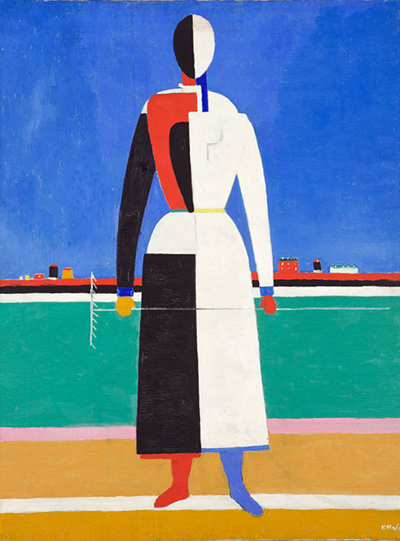
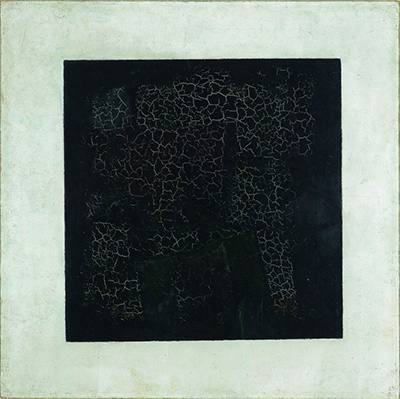
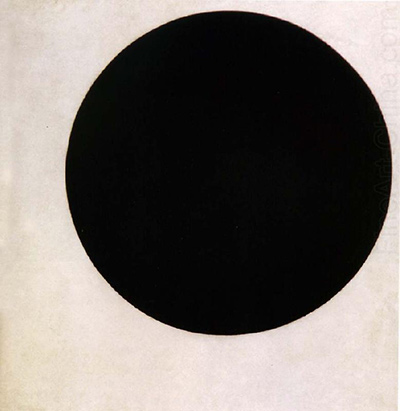
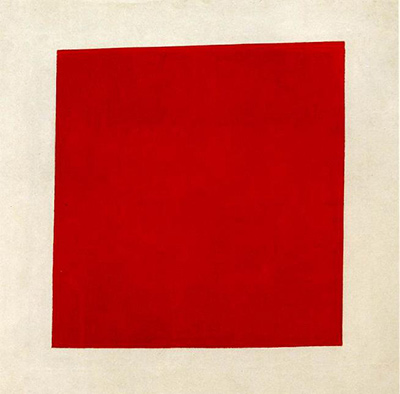
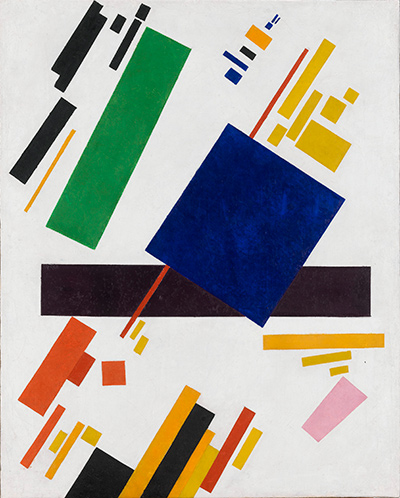
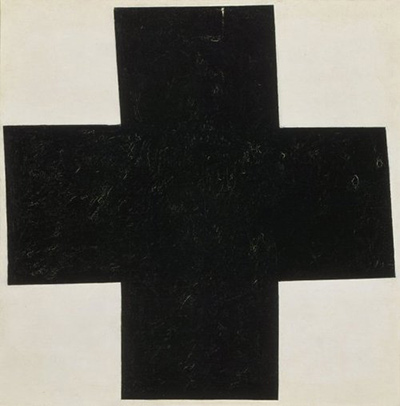
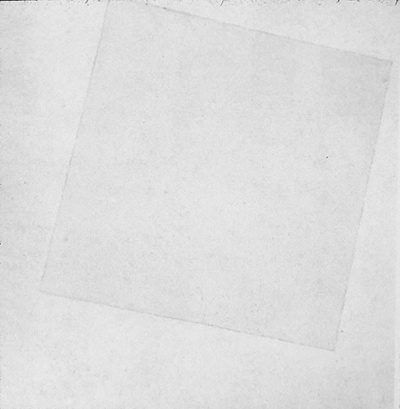
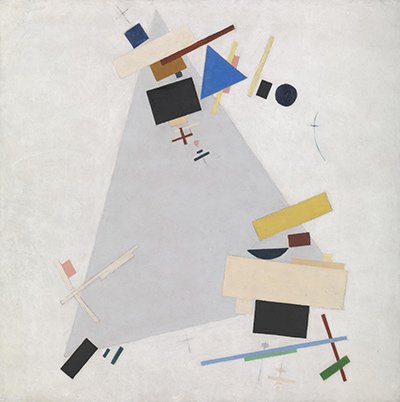
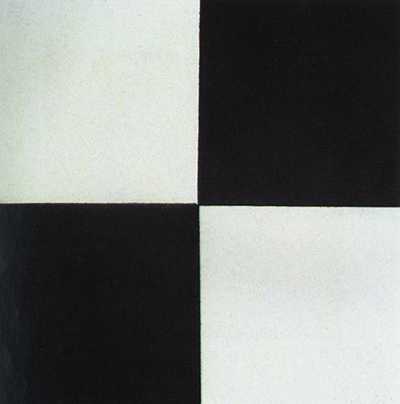
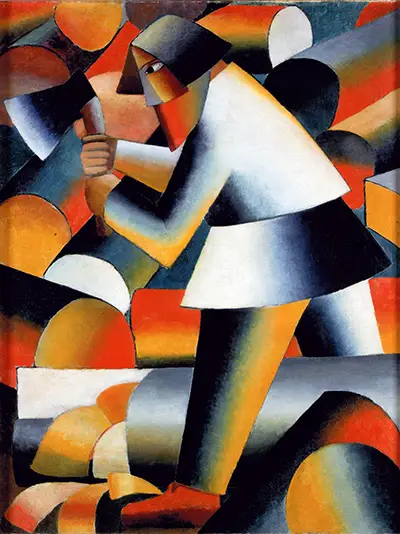
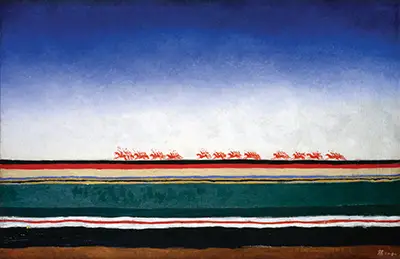
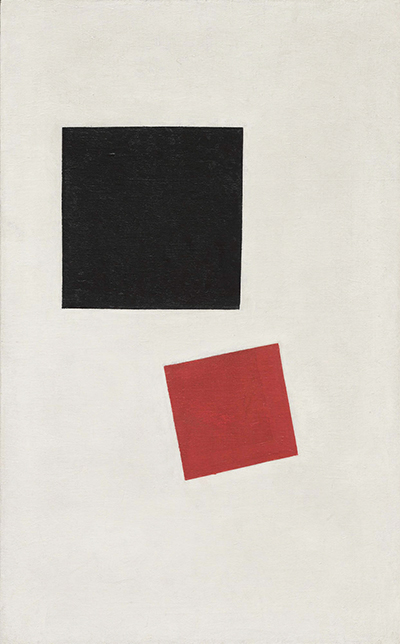
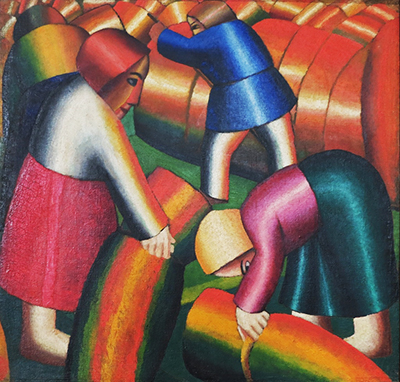
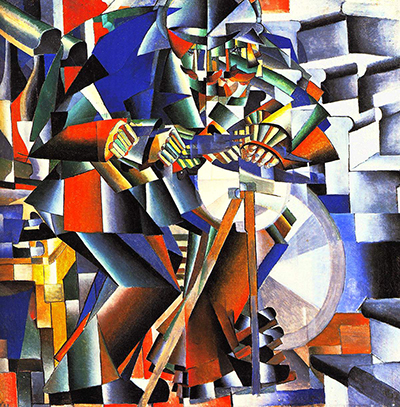
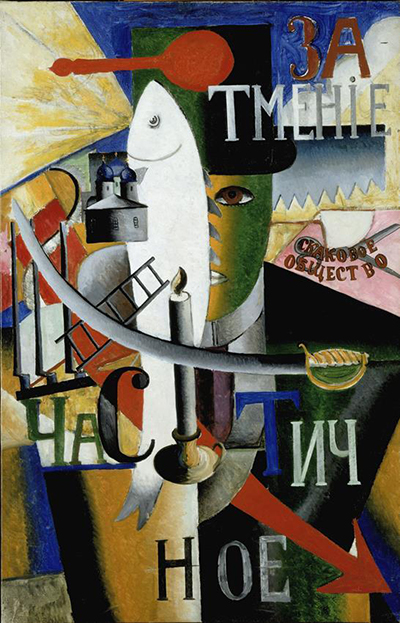
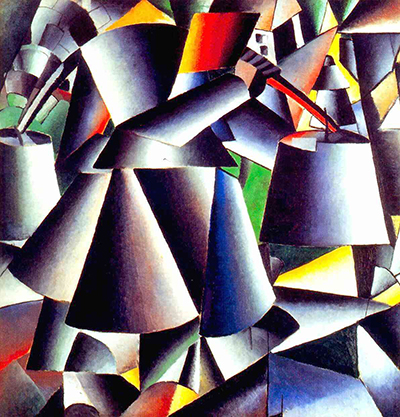
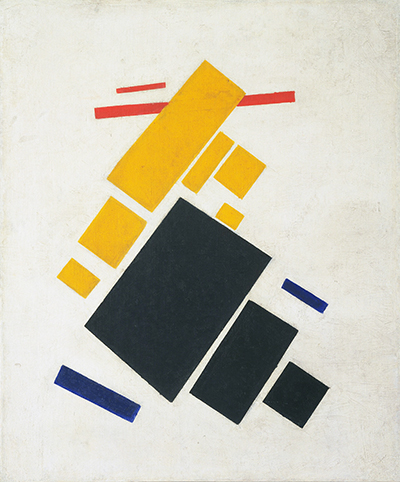
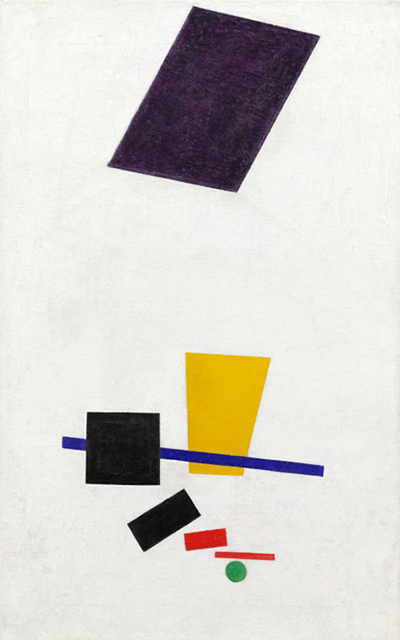
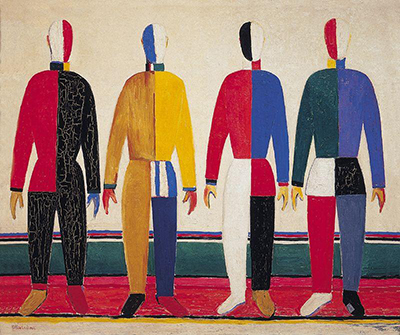
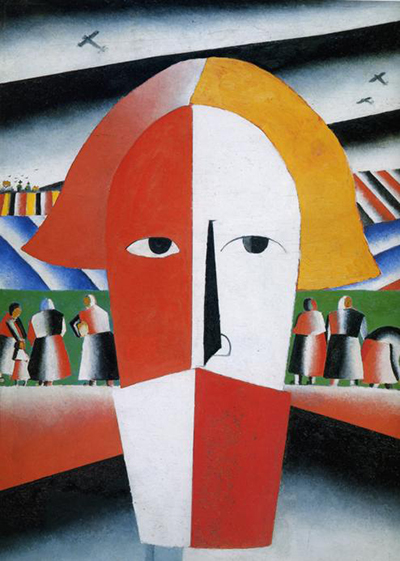
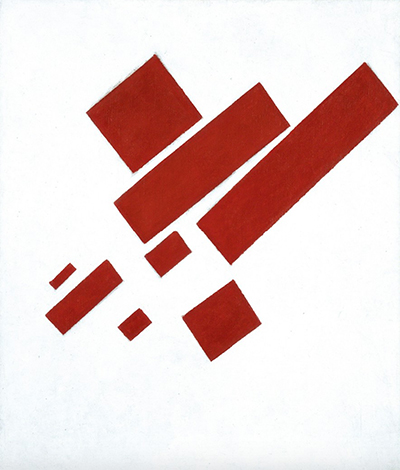
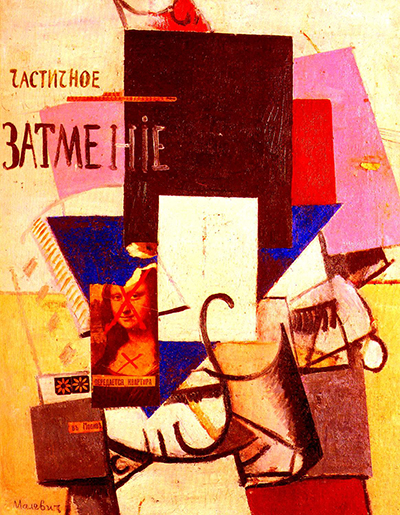
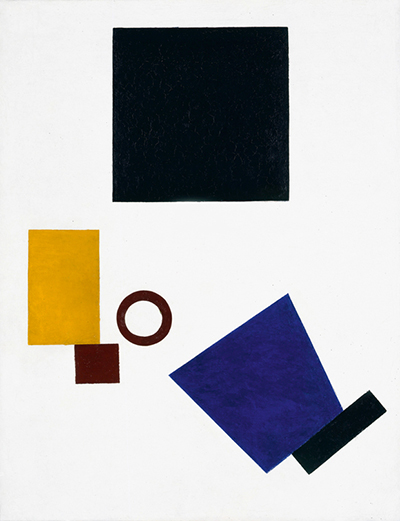
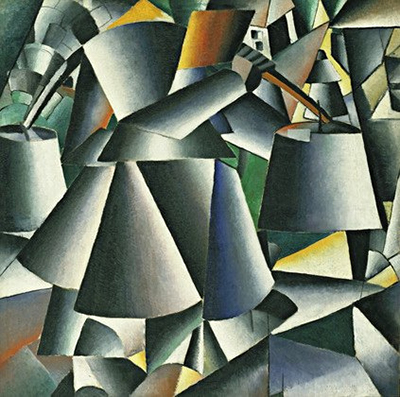
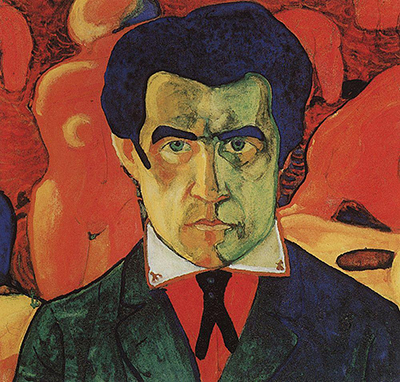
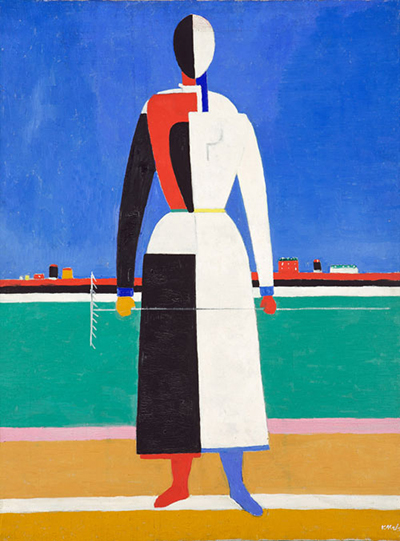
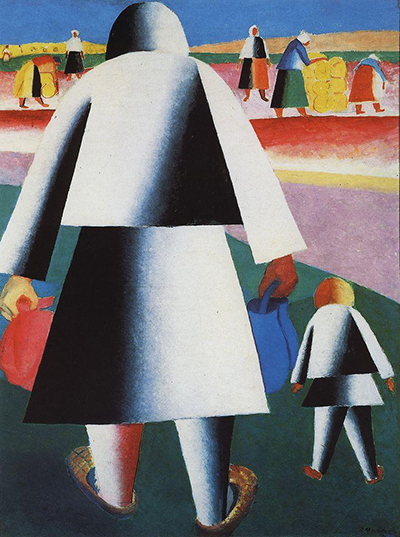
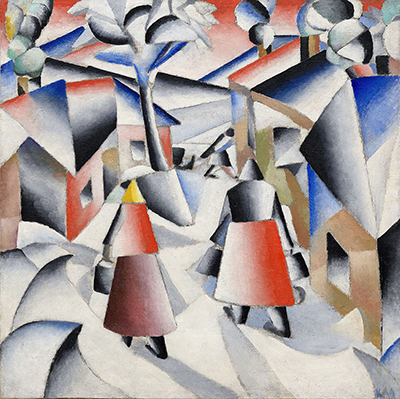
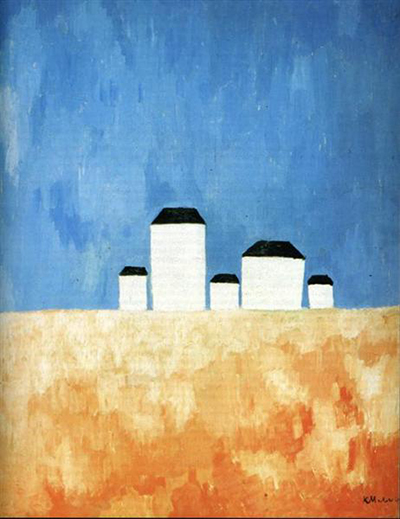
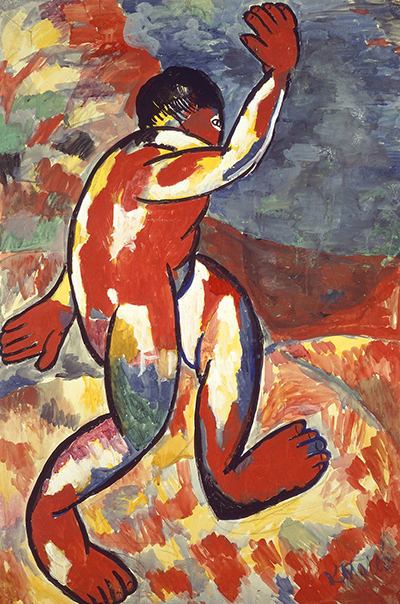
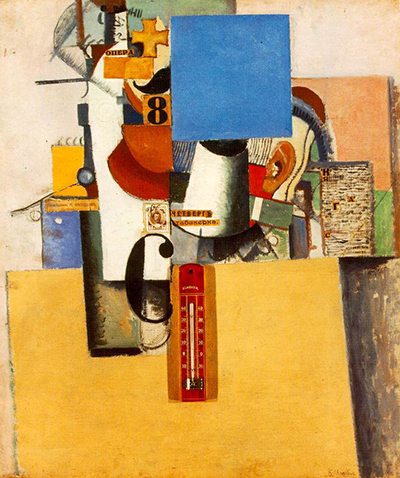
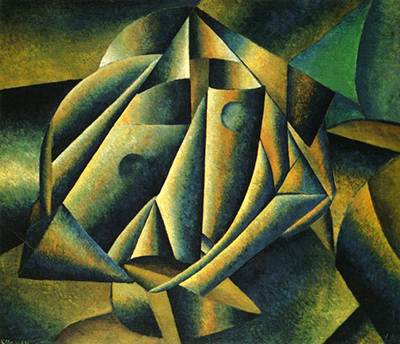
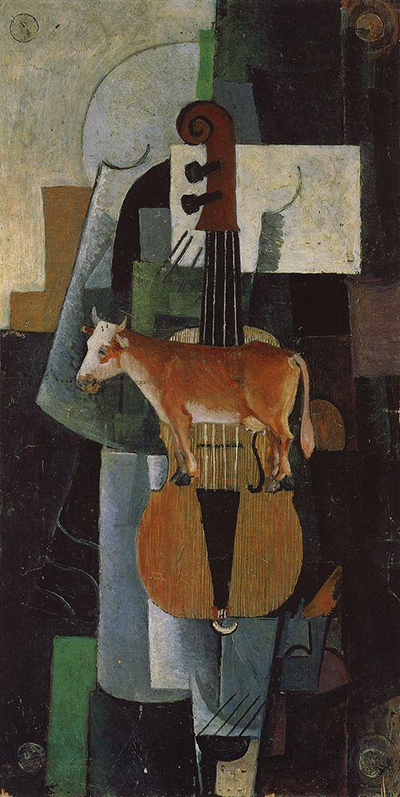
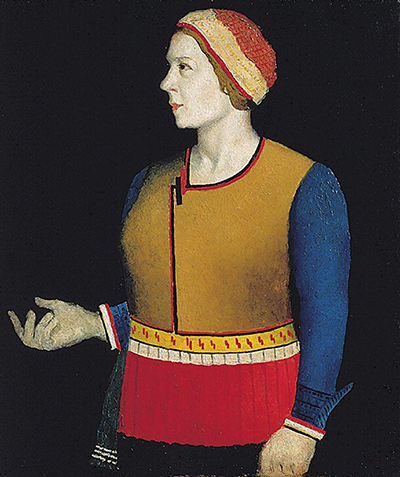
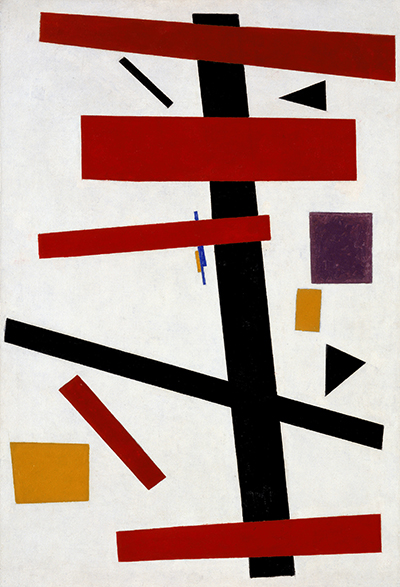
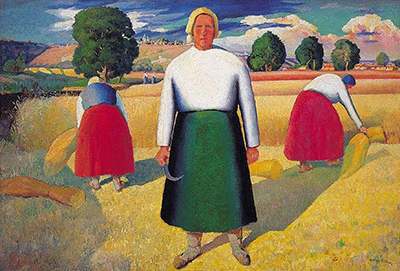
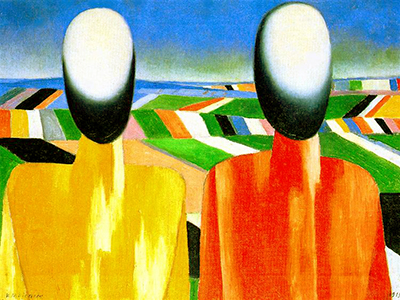
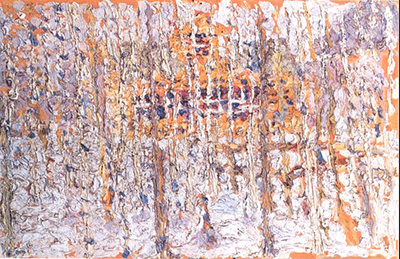
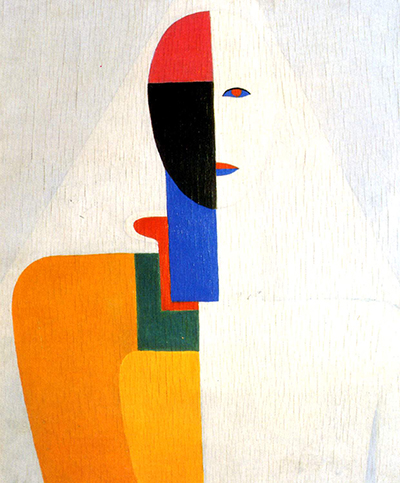
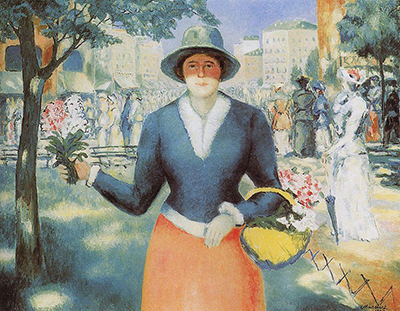
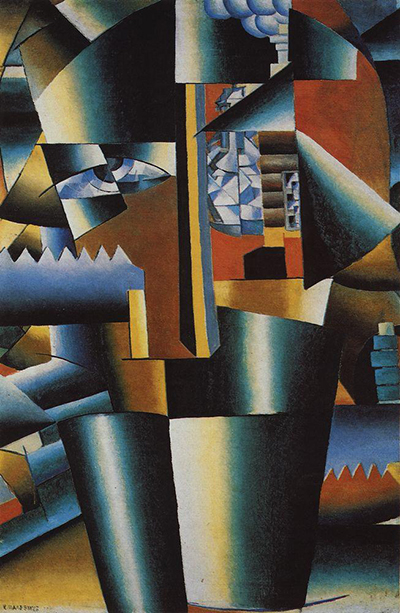
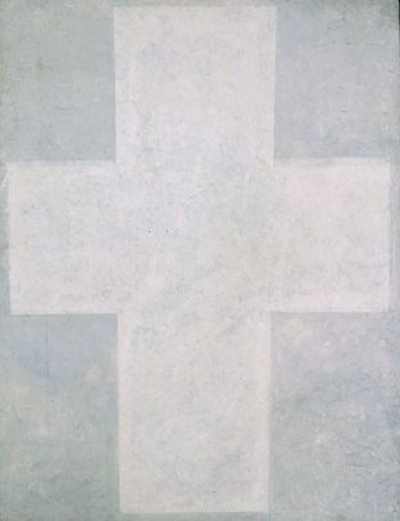
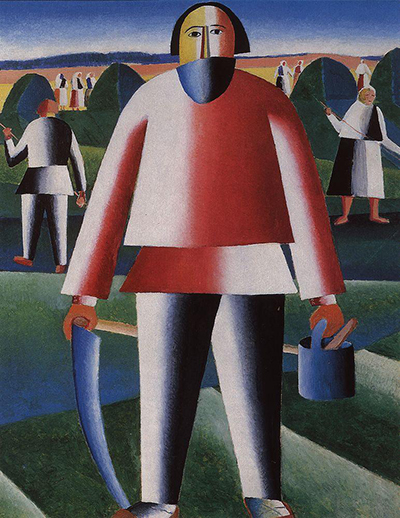
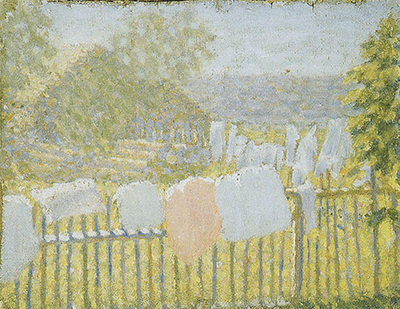
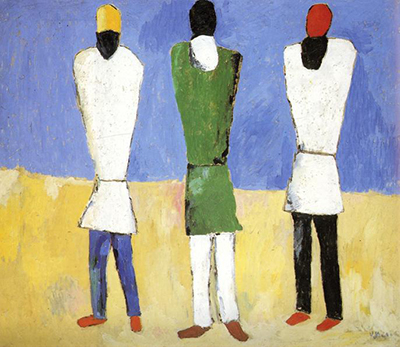
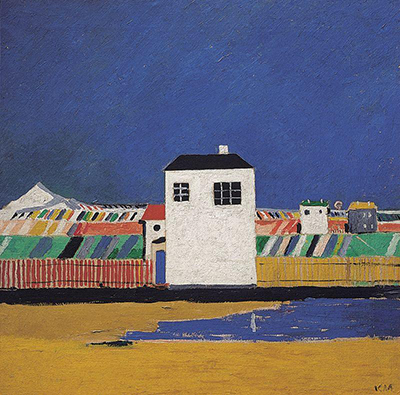
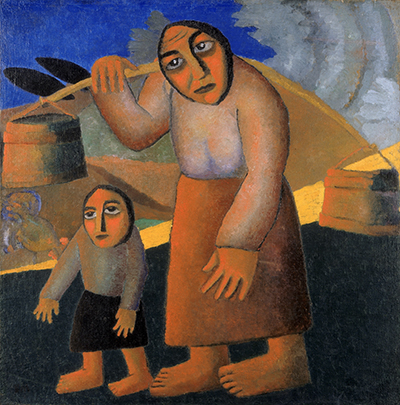
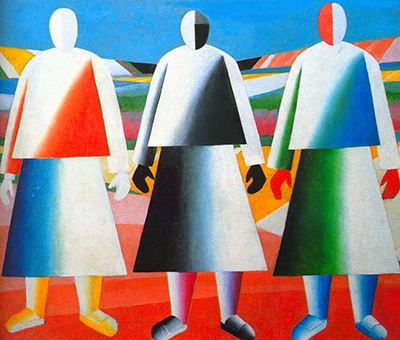
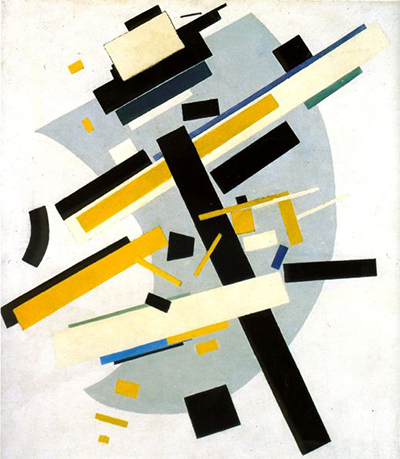
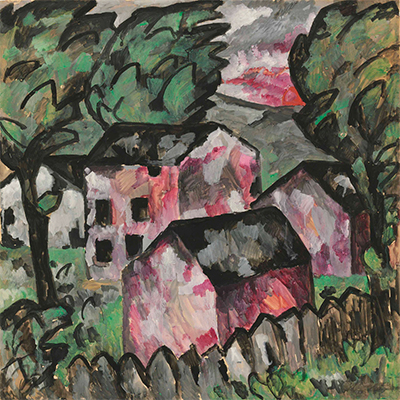
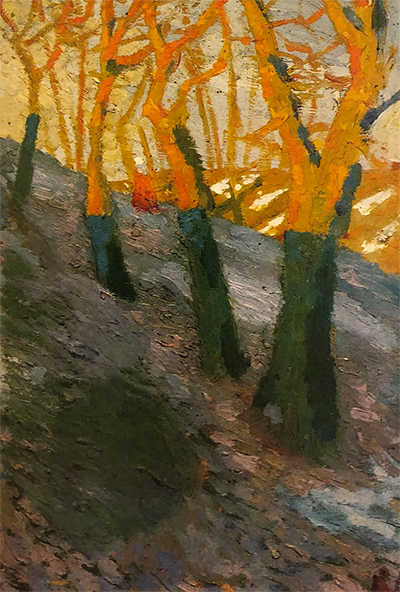
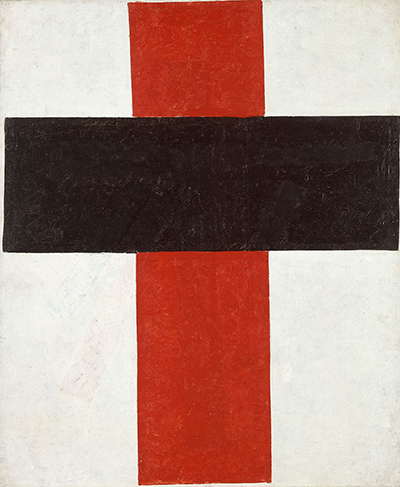
 Kazimir Malevich.jpg)
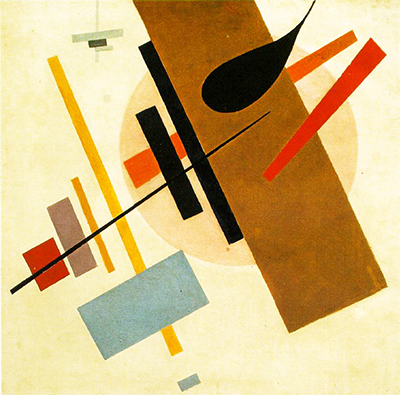
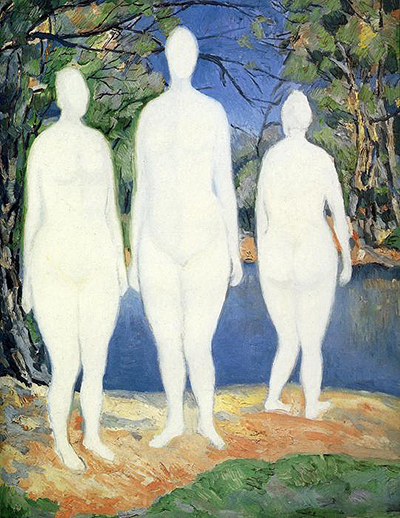
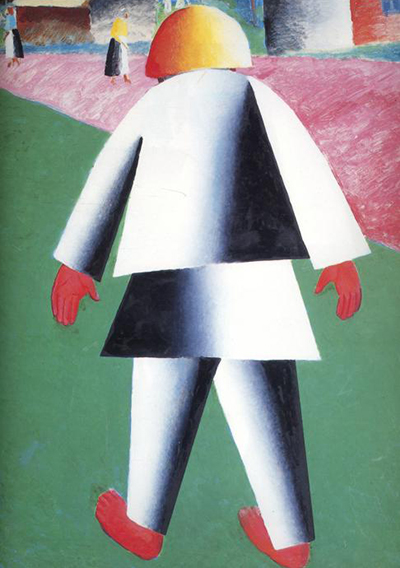
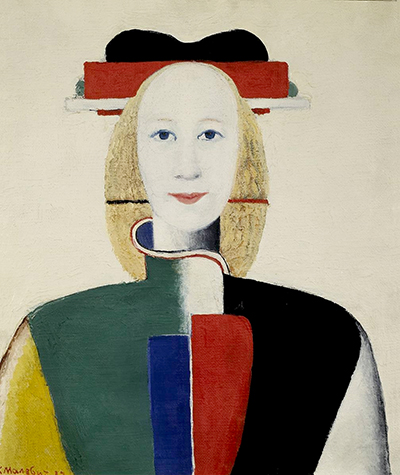
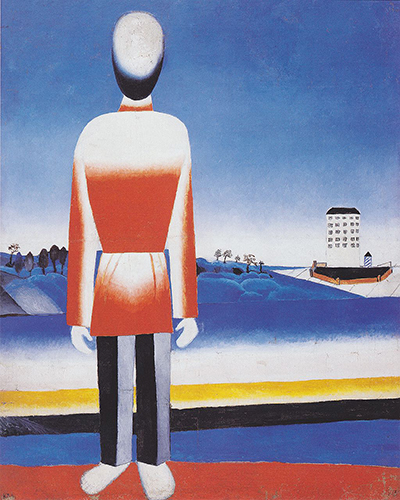
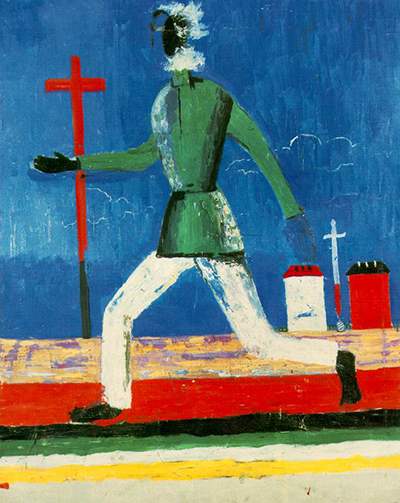
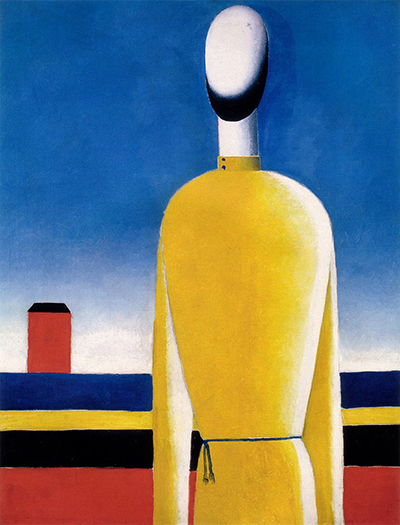
 Kazimir Malevich.jpg)
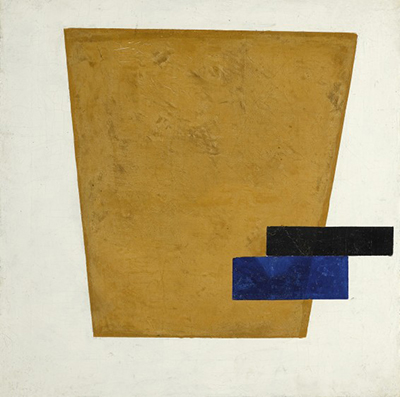
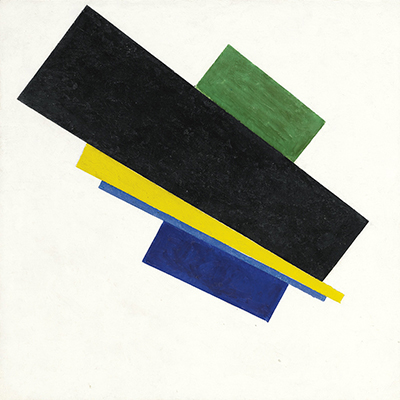
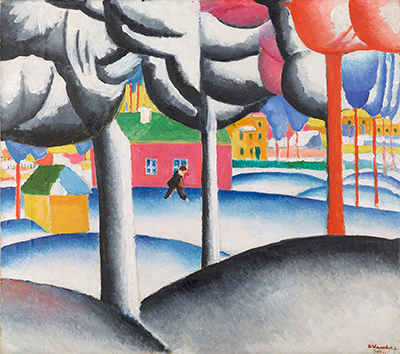
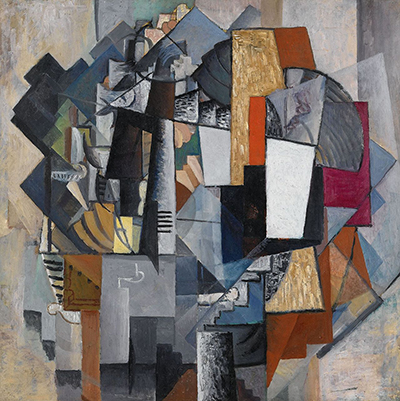
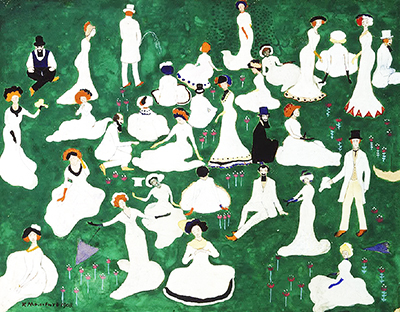
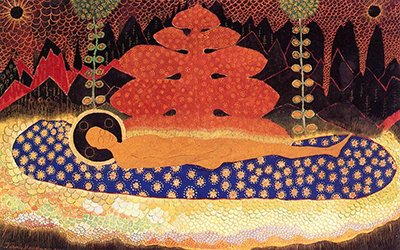
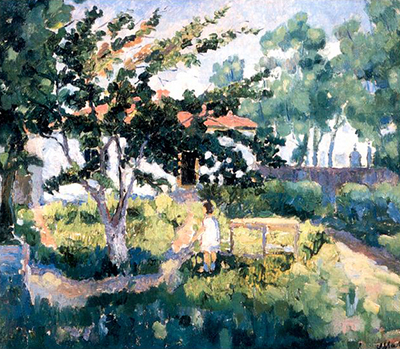
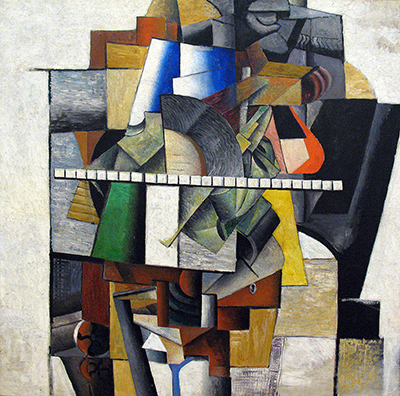
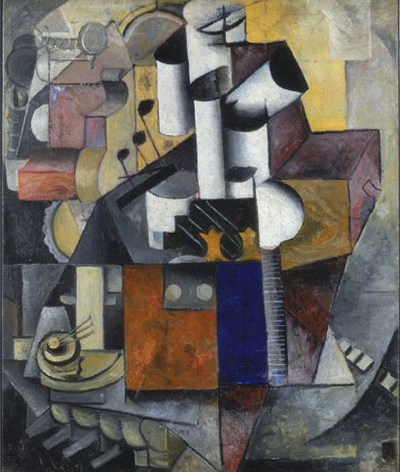
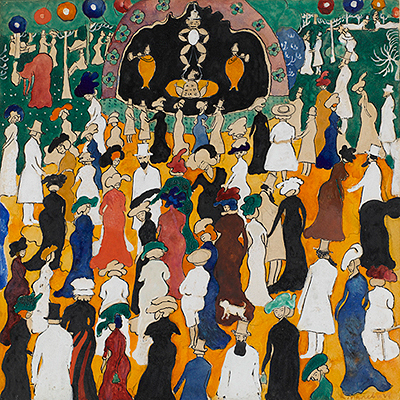
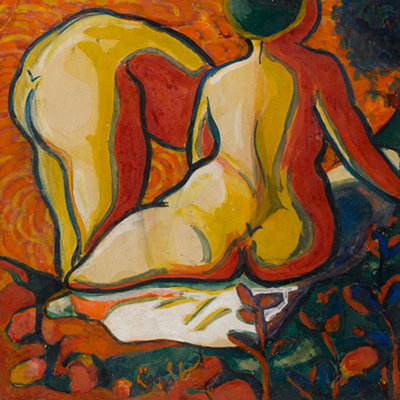
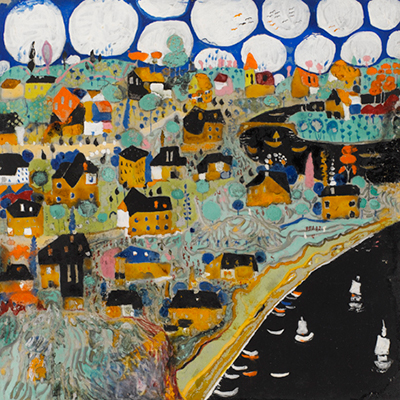
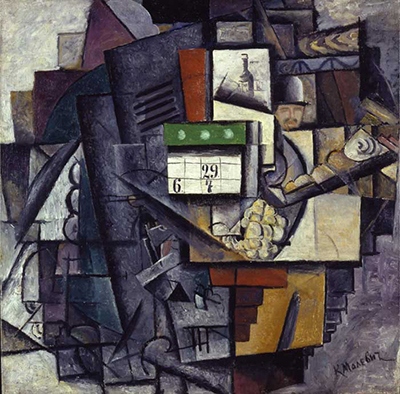
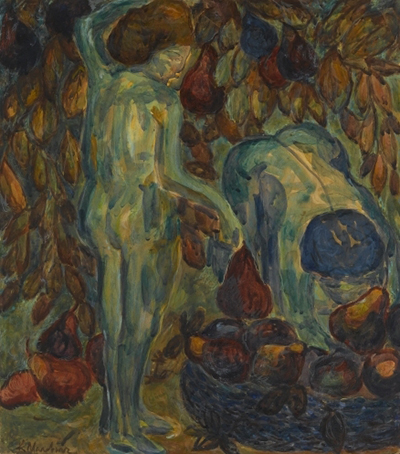
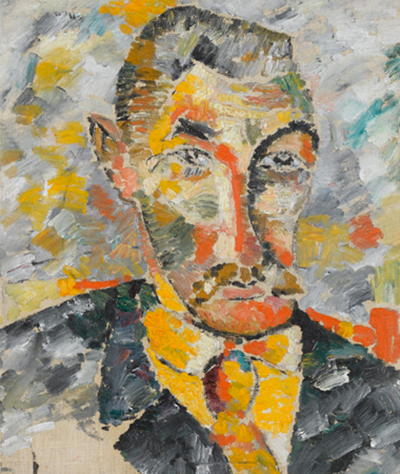
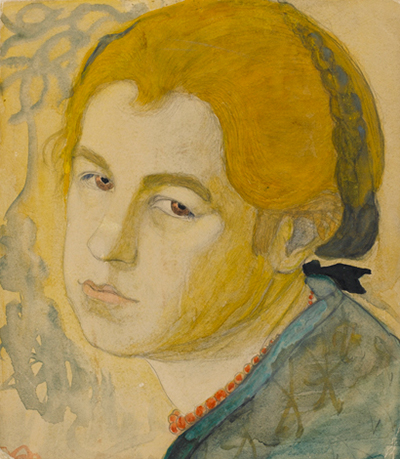
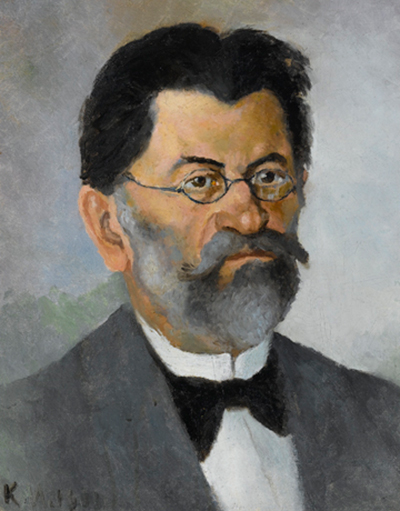
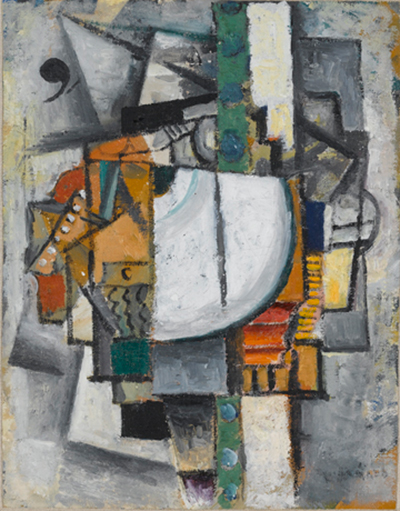
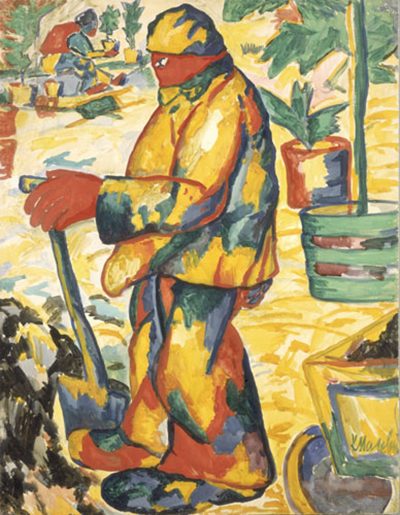
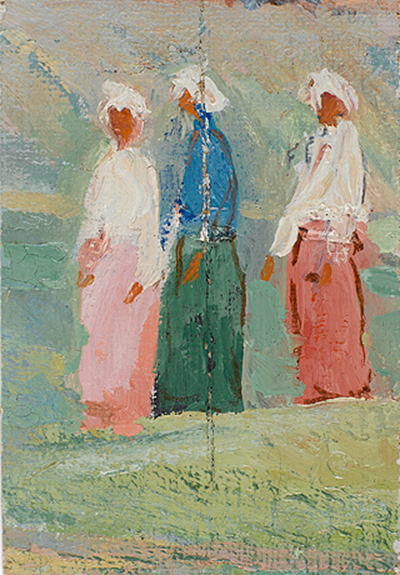
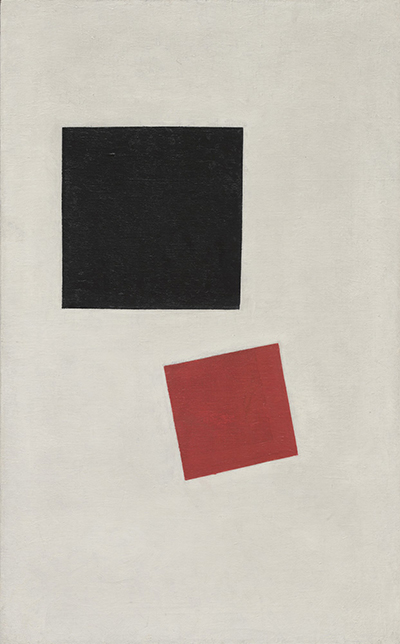
 Kazimir Malevich.jpg)
